
I used to think I could run away from my sexual trauma. Movement through the city became a calculus of protection—avoid this intersection, never walk down that block, don’t set foot in that gym. I dreamt of leaving the city, thinking it poisoned. Fleeting trips to California and elsewhere felt like a relief, but they brought home the same realization—that what I felt internally would be there regardless of the external. Healing for me, I learned, would need to be direct, not avoidant, intentional, not escapist.
My personal restoration work evolved through conversations with my dear friend, Jordan Dunmead, from whom I picked up the language of healing. Incorporating the lens of healing into my daily life has invited greater depth and a more holistic consideration than what the watered-down concept of self-care previously offered me. When I hear self-care, I think of yoga classes, bubble baths, and Yankee candles. These are all lovely things, but often tangential to the disturbances of the present moment. The language of healing has offered me a deeper, more precise way of viewing my personal restoration work.
Healing for me has looked like mindfulness. In my better moments, I invite myself to notice what’s coming up for me internally when I’m feeling dysregulated—what are the disturbances of the present moment? I aim to simply notice, not judge. I don’t think of my reactions as stupid or irrational. They’re human.
Then, I consider possible shifts. What does healing look like moving ahead? What are some possible next steps?
When I don’t have an immediate answer for the long-term (and I often don’t), I invite myself to sit with that—to not judge, to simply notice.
Then I think: What does healing look like today?
Narrowing my focus to the present day helps to make things more manageable.
Even then, I still have moments where unexpected feelings arise. My trauma recovery has been a zigzag path, feeling fine for days or weeks on end and then suddenly being caught up in a flurry of thoughts—How did I let this happen—why am I not more angry, I should be angry—these nightmares, I can’t even feel peace when I’m asleep—and just like that, I’m caught up in the fallout, the complexities of trauma stewardship.
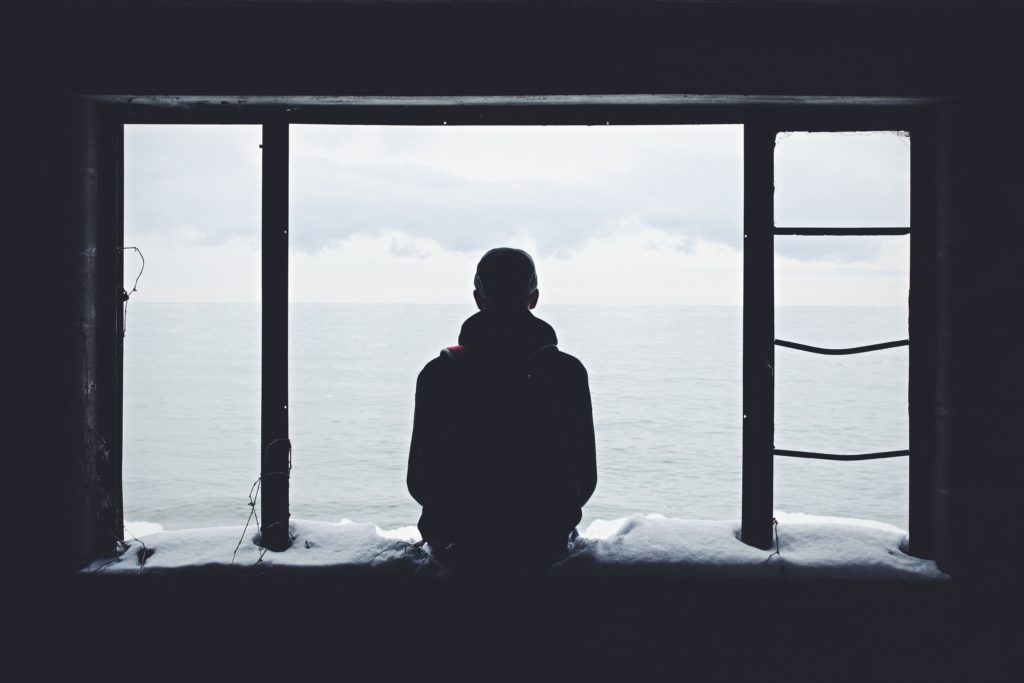
A kinder truth is that I’m being a human, and these are very human reactions to violence.
In these moments, I find that it helps to ask:
How is my humanity showing up today, and what are some appropriate ways to heal?
And for me, nothing has been more grounding than the love I cultivate with friends and family, the mutual support, and regular investment in our healing.
It starts with a question, a simple text at the start of a new day: What does healing look like for you today?
Check out Jordan on Instagram, @healing_withtarot
Cover Photo by Aarón Blanco Tejedor on Unsplash
Photo 2 by Noah Silliman on Unsplash
Rainn is a gender-non conforming, queer, Latinx psychotherapist and author from Chicago, Illinois.
They live in Uptown where they enjoy swimming at the beach, walks along the lake, and day dreaming about Siberian Huskies.
Their gender pronouns are They/Them.
-
Rainn Villalpando, M.Ahttps://psychosocial.media/author/rainnv/July 28, 2021

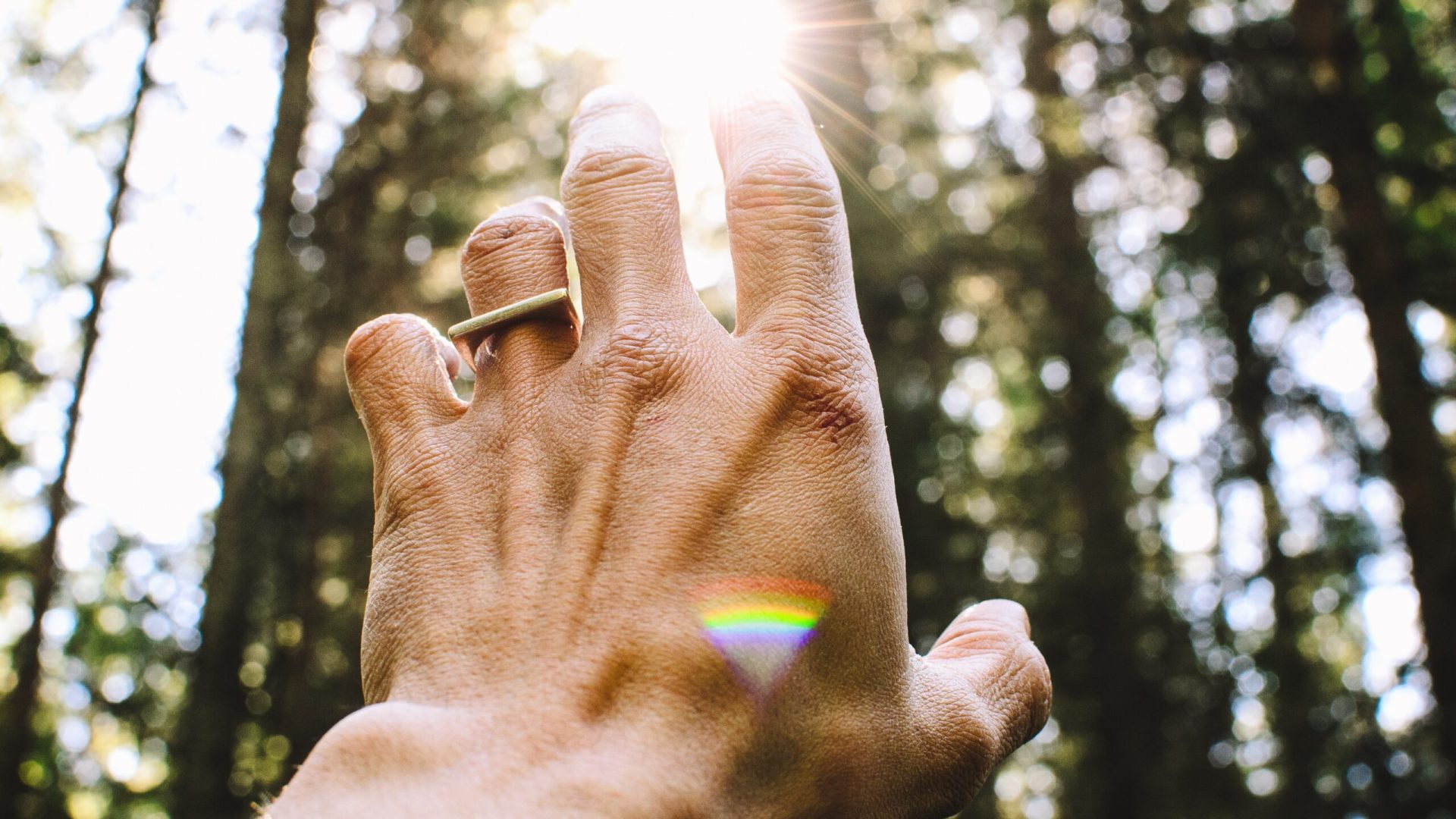



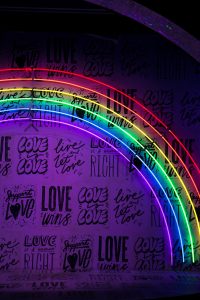


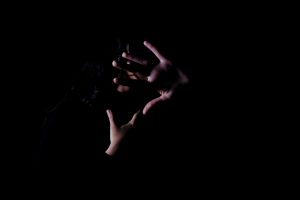
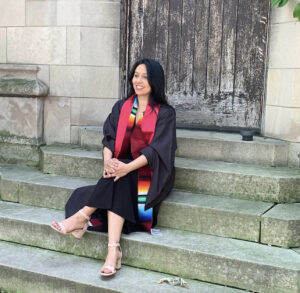
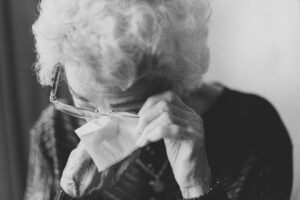

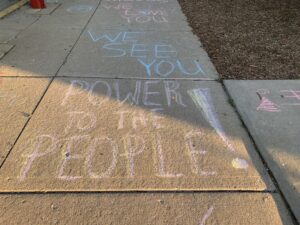
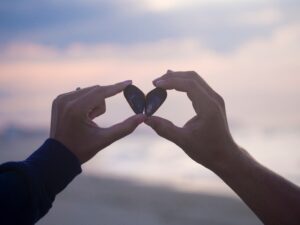
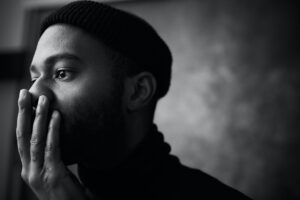



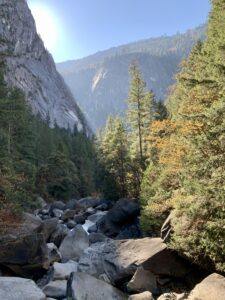
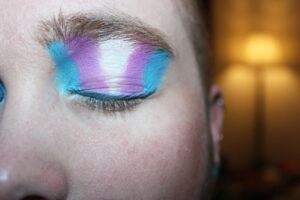
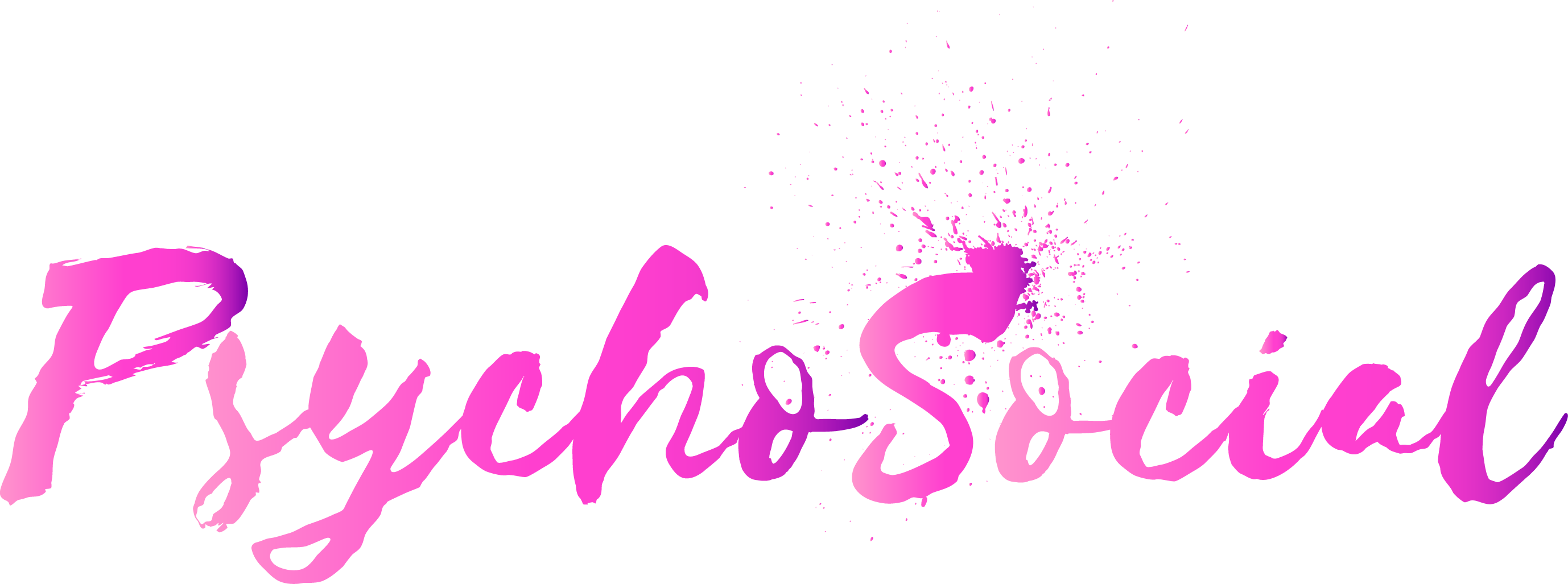
One thought on “The Language of Healing”
Very good write-up. I absolutely love this website. Keep writing!